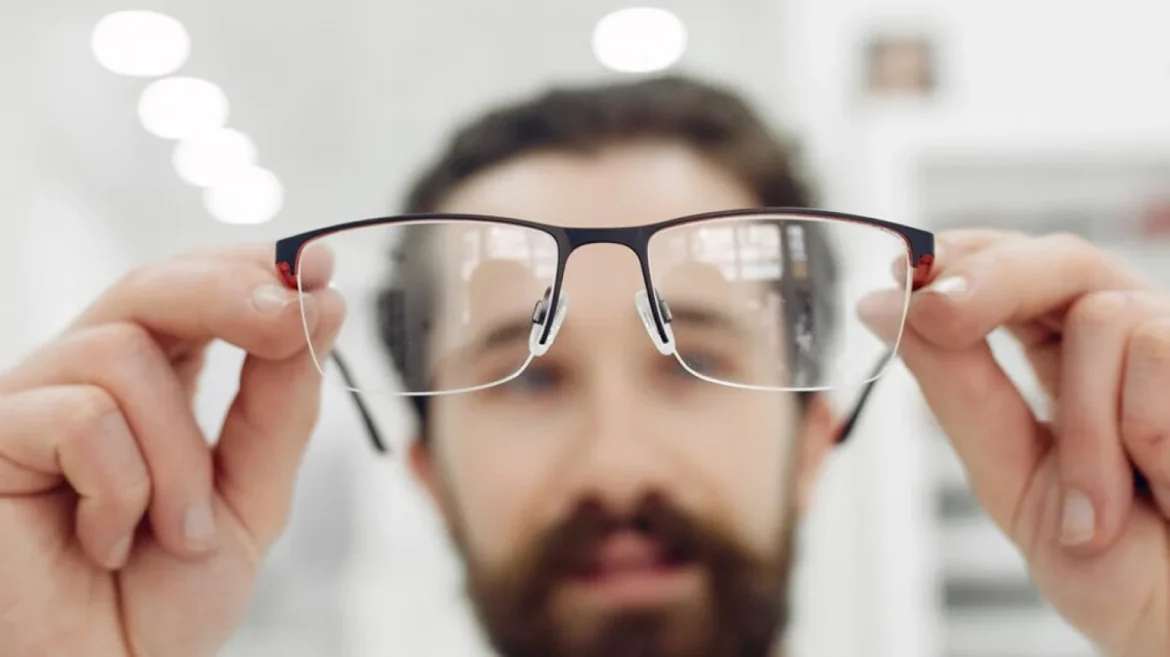Recent investigations into the untimely deaths of four people in the UK have generated grave questions about the nation’s driver safety policy, especially about visual criteria for drivers. Drivers with impaired vision caused these deaths, which emphasises how urgently reform in the way the UK handles visual inspections for drivers is needed. The present method, which depends on drivers’ self-reporting, has not been able to stop accidents connected with inadequate vision. This article looks at why visual criteria for drivers should be addressed and what steps may be taken to raise road safety.
The Issues with Driver Self-Reporting and Absence of Visual Guidelines
In the UK, self-reporting forms the foundation of the mechanism assuring that drivers satisfy the necessary visual criteria. Should their eyesight fall below the legal requirement for driving, drivers are obligated to notify the Driver and Vehicle Licensing Agency (DVLA). Sadly, many drivers hide their eyesight issues either because they are reluctant to give up their driving rights or are ignorant of their condition. This reliance on self-reporting has resulted in circumstances whereby drivers with dangerously poor vision stay on the road, endangering everyone.
Investigating the deaths of Marie Cunningham, Grace Foulds, and others sadly found that although the drivers knew their vision was poor, they did not follow medical advice or notify the DVLA of their issues. More strict visual criteria for drivers would have helped to stop these collisions.
In one of the cases, for example, a 68-year-old man, Glyn Jones, killed Marie Cunningham and her friend Grace Foulds as they were crossing the road. Jones failed to notify the DVLA even though he had known for years that his eyesight fell short of the legal requirement for driving. Two innocent people sadly died from his lack of accountability.
Similar incidents have been recorded throughout the UK; people have been driving even though they know their vision is compromised. This shows how intrinsically defective the current system is in depending on drivers to freely report their eyesight impairments. The deaths of these victims underscore the urgent necessity of a stronger system guaranteeing drivers’ physical capacity to run a vehicle safely.
Why Change is Needed: Present Driving Visual Standards Are Not Enough
One of just a few nations allowing drivers to self-report their eyesight impairments, the UK’s approach has been unsuccessful and dangerous. The terrible tragedies resulting from drivers with poor vision amply highlight the shortcomings in this method. Emphasising the need for quick changes to the visual requirements for drivers, Dr. James Adeley, the HM Senior Coroner for Lancashire, has labelled the UK’s licensing system as “laxest in Europe.”
Reevaluating the present system and implementing required visual checks for elderly drivers—especially those over the age of 70—helps to prevent more deaths. Regular vision examinations would help to guarantee that drivers with declining eyesight are not let to continue driving, therefore considerably improving road safety for all. Currently, one of only three nations depending on self-reporting, the UK is quite susceptible to accidents resulting from drivers with eyesight problems.
Furthermore, a rising amount of research indicates that visual problems in elderly people are not always clearly evident. Many people might not even be aware of the extent their vision has degraded until it is too late. Common disorders like cataracts or macular degeneration, for example, can advance slowly and remain ground-detected until they seriously compromise driving abilities. This is why, particularly as people get older, visual standards for drivers need constant attention.
How may visual standards for drivers be raised?
There are some doable actions one might follow to make the present situation better. First, all drivers—especially those over the age of 70—should be subject to required vision tests. Ideally, every two years, regular eye exams help identify common vision issues, including cataracts, glaucoma, and age-related macular degeneration, which can seriously limit a person’s driving abilities. Although some disorders might not display obvious symptoms, their impact on a driver’s safety is really important.
A required vision test every two years would equip the DVLA with the means to more successfully guarantee that drivers satisfy the visual requirements. Drivers failing the vision test would be obliged under this approach to either fix their vision before starting again or stop driving completely.
More strict reporting rules for drivers could also guarantee that people who know they have eyesight problems notify the DVLA right once. The present system depends too much on the individual motorist to act on their own. This is troublesome since many drivers either deny their disabilities or will not stop driving despite medical advice. Stronger regulations help authorities to be more aggressive in spotting at-risk drivers before an accident happens.
Moreover, additional medical experts, including optometrists,s should be more involved in making sure drivers know their visual criteria. Any patient with vision problems that might compromise their capacity to drive safely could have to be reported. This would foster a more cooperative attitude to road safe,ty whereby regulatory authorities and medical practitioners cooperate to stop mishaps.
Including ocular examinations, a system of regular medical check-ups for elderly drivers could also be another potential fix. This would enable authorities to monitor those who could be at risk due to declining eyesight and provide a more ordered approach to guarantee that elderly drivers remain fit to drive.
The Part Public Knowledge Plays in Raising Driving Visual Standards
Apart from required vision examinations and more rigorous reporting guidelines, it is crucial to inform drivers on the need of keeping healthy eyesight. Many drivers might not know that poor vision greatly increases their risk of accidents or how quickly their eyesight might fade with ageing. Road safety might be much enhanced by teaching the public the value of frequent eye checks, particularly for those over the age of 70.
Public service announcements and government initiatives could assist in disseminating the knowledge about the need of frequent eye exams for drivers. One of the key steps in lowering the frequency of accidents resulting from poor vision could be motivating elderly drivers to take ownership for their eyesight.
In essence, improving Visual Standards for Drivers Will Save Lives.
To sum up, the way the UK now guarantees that drivers satisfy the required visual criteria is antiquated and inadequate. The terrible death toll resulting from drivers with poor vision exposes major weaknesses in the present self-reporting mechanism. To stop more deaths and enhance road safety, immediate action is needed.
The UK can make its roads safer for everyone by enforcing mandated eye tests for elderly drivers, enhancing the reporting system, and including medical experts more directly in the process. The government has to act forcefully to solve the problem of driving visual standards and stop more needless fatalities on the roadways.
According to the present system, self-reporting by itself is insufficient for road safety. Supported by required eye examinations, increased public awareness, and stricter laws, a more proactive approach will help to establish a safer driving environment for every other motorist.


